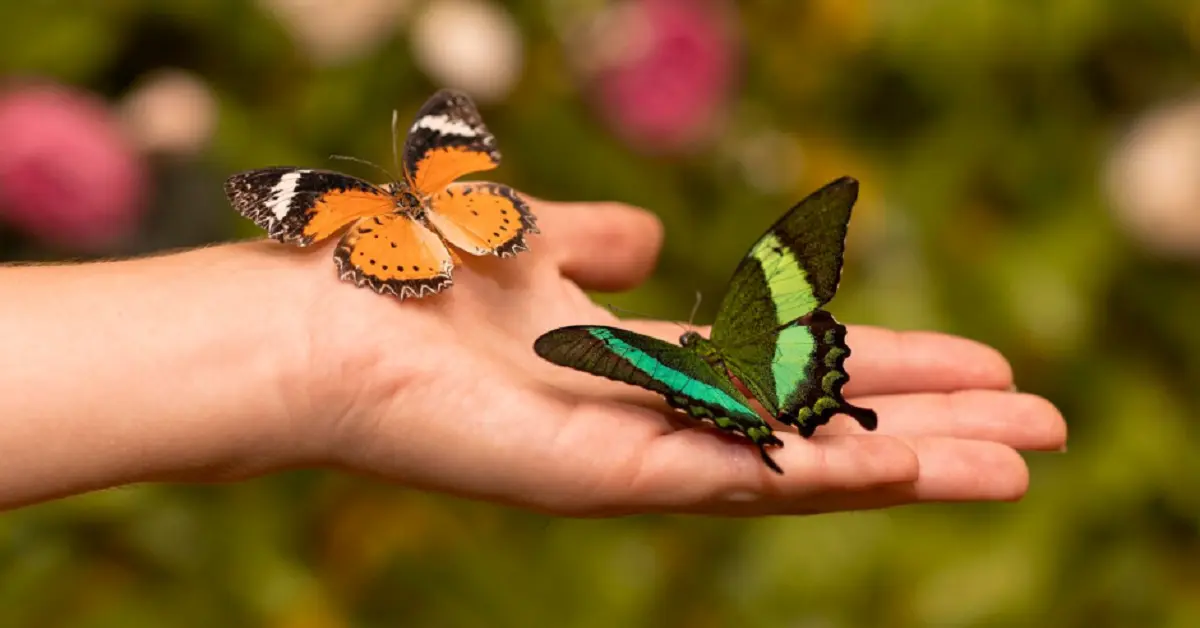Introduction
Drawing:g0stygfoby4= butterfly are among nature’s most enchanting creatures, known for their vibrant colors and delicate flight. These insects belong to the order Lepidoptera, which also includes moths. With over 20,000 species, butterflies play crucial roles in ecosystems as pollinators and as part of the food web. This article delves into the intricate world of butterflies, covering their biology, behavior, and the profound impact they have on our environment and culture.
Evolution and History of Butterflies
Ancient Origins
Drawing:g0stygfoby4= butterfly have been around for millions of years, with the earliest fossils dating back to the Eocene epoch, around 40-50 million years ago. Their evolutionary journey is marked by adaptations that have allowed them to survive and thrive in diverse environments.
Major Evolutionary Milestones
The evolution of drawing:g0stygfoby4= butterfly is characterized by significant milestones, such as the development of color vision and the ability to feed on nectar. These adaptations have enabled butterflies to diversify into the myriad species we see today.
Biological Characteristics
Anatomy of a Butterfly
Butterflies possess a unique anatomy that includes:
- Head: Contains the sensory organs, including compound eyes, antennae, and proboscis.
- Thorax: Houses the muscles for wing and leg movement.
- Abdomen: Contains the digestive and reproductive organs.
Life Cycle and Metamorphosis
Butterflies undergo a complete metamorphosis consisting of four stages: egg, larva (caterpillar), pupa (chrysalis), and adult. This transformation is a marvel of nature, showcasing the complexity and beauty of life.
Coloration and Patterns
Drawing:g0stygfoby4= butterfly are renowned for their colorful wings, which serve various purposes such as camouflage, warning predators, and attracting mates. The coloration is due to scales that reflect and refract light.
Habitats and Distribution
Global Distribution
Butterflies are found on every continent except Antarctica. They inhabit a range of environments from tropical rainforests to temperate zones.
Preferred Habitats
drawing:g0stygfoby4= butterfly typically prefer warm, sunny environments rich in flowering plants. Their habitats include meadows, gardens, forests, and wetlands.
Behavior and Ecology
Feeding Habits
drawing:g0stygfoby4= butterfly primarily feed on nectar from flowers using their proboscis. Some species also feed on tree sap, rotting fruit, and even animal dung to obtain nutrients.
Pollination
As pollinators, butterflies play a vital role in the reproduction of many flowering plants. Their movement from flower to flower facilitates the transfer of pollen.
Migration
Some drawing:g0stygfoby4= butterfly species, like the Monarch, undertake remarkable migratory journeys spanning thousands of miles. These migrations are driven by seasonal changes and the need for suitable breeding and feeding grounds.
Types and Categories of Butterflies
Major Families
Butterflies are categorized into several families, each with distinct characteristics. The main families include:
- Papilionidae: Swallowtails
- Nymphalidae: Brush-footed butterflies
- Pieridae: Whites and sulfurs
- Lycaenidae: Blues and hairstreaks
- Riodinidae: Metalmarks
Notable Species
Some of the most well-known butterfly species include:
- Monarch Butterfly: Famous for its long migration.
- Swallowtail Butterfly: Known for its large size and striking tails.
- Morpho Butterfly: Recognized for its iridescent blue wings.
Threats and Conservation
Habitat Loss
Urbanization, deforestation, and agricultural expansion are major threats to butterfly habitats. Loss of habitat reduces available resources for feeding and breeding.
Climate Change
Climate change affects drawing:g0stygfoby4= butterfly populations by altering their habitats and disrupting migratory patterns. Changes in temperature and weather can lead to mismatches between butterflies and their host plants.
Conservation Efforts
Conservation strategies include habitat restoration, establishing butterfly reserves, and raising public awareness. Organizations worldwide are working to protect these delicate insects and their habitats.
Butterflies in Culture and Art
Symbolism and Mythology
Butterflies have been symbols of transformation, resurrection, and the soul in various cultures. They appear in myths and legends around the world.
Butterflies in Literature and Art
Artists and writers have long been inspired by butterflies. They feature prominently in literature, paintings, and even fashion, symbolizing beauty and change.
Conclusion
drawing:g0stygfoby4= butterfly are more than just beautiful insects; they are vital components of our ecosystems and rich symbols in human culture. By understanding their biology, behavior, and the challenges they face, we can better appreciate their role in the natural world and work towards their conservation. Let’s celebrate and protect these magnificent creatures to ensure they continue to flutter gracefully in our world.
